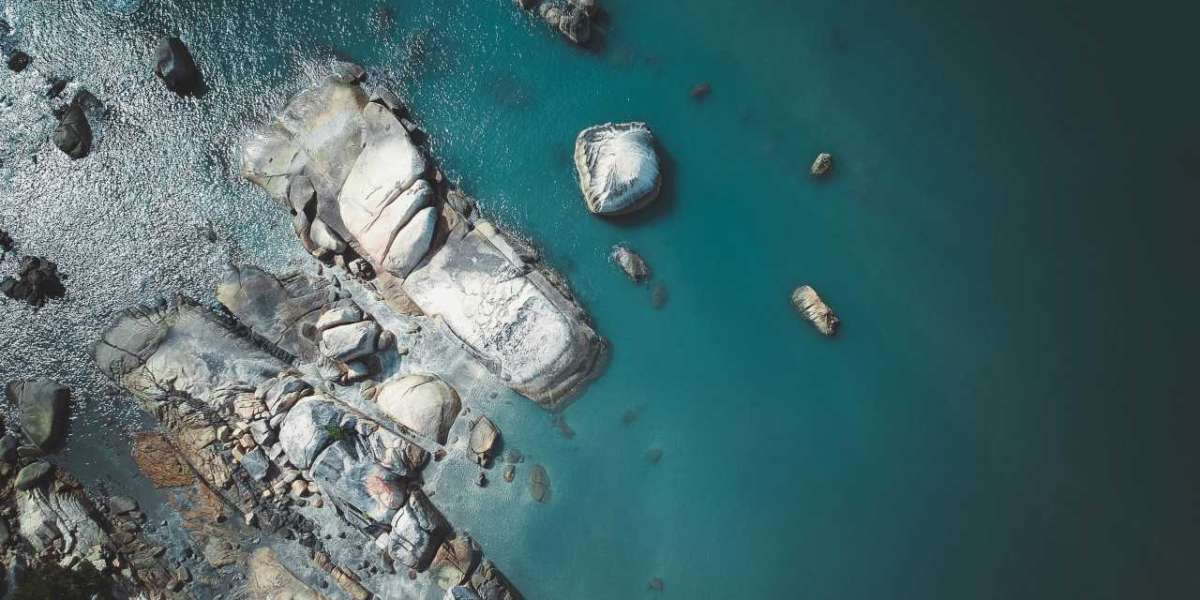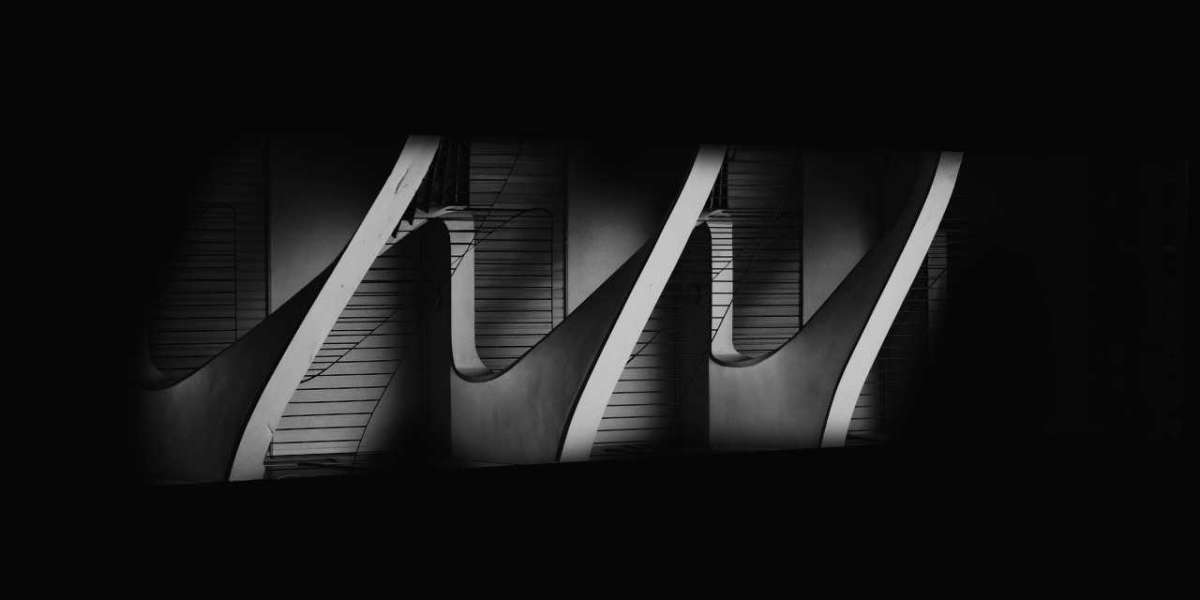Introduction:
In September 1961, a momentous event sent shockwaves throughout the world as the construction of the Berlin Wall commenced. This profound act marked a pivotal turning point in the Cold War, symbolizing the division between East and West, and solidifying the physical barrier between the people of East and West Germany. Known as the Iron Curtain, this formidable structure would stand tall for nearly three decades, shaping the lives of millions and transforming the geopolitical landscape.
Description:
As tensions escalated between the Western and Eastern blocs, East German authorities took decisive action in the early hours of August 13, 1961, by closing the border between East and West Berlin. Sudden and unexpected, this move left families, friends, and loved ones separated, with no way to cross the newly formed border. Realizing the magnitude of the situation, East German soldiers, backed by Soviet forces, began the arduous task of constructing the wall.
Using barbed wire, concrete slabs, and steel beams, the construction materials arrived swiftly, and barricades began taking shape. The initial focus was on closing streets, sealing off windows and doors of buildings along the border, and erecting barbed wire fences. This makeshift barrier would soon transform into a fortified concrete wall, creating an impermeable separation. It divided the already divided city, aiming to prevent the thousands of East Berliners from fleeing to the more prosperous and free West.
The construction of the Berlin Wall was no easy feat; it required immense manpower and meticulous planning. Teams of armed guards patrolled the construction sites, ensuring uninterrupted progress. Bulldozers roared, and cranes glowed in the night, as massive concrete slabs were hoisted into place, locking East Germans within the confines of their socialist regime.
The impact of the Berlin Wall was profound. Families were torn apart, dreams were shattered, and hopes for reunification were shattered. East Berliners faced an abrupt loss of freedom, as privileges enjoyed by their Western counterparts—such as higher living standards, freedom of speech, and access to consumer goods—slipped further away. The divide between East and West seemed insurmountable, as the wall forged a physical and psychological separation between neighbors and friends.
Thus, the construction of the Berlin Wall in September 1961 serves as a haunting reminder of a dark era in history, encapsulating the iron grip of authoritarian regimes and the lengths they would go to maintain control. This structure became a poignant symbol of the struggles faced by those separated on opposite sides, bearing witness to the firm grasp that the Cold War held on the world. The Berlin Wall would stand as a symbol of division until its eventual fall on November 9, 1989, when the power of unity and the human spirit triumphed.








